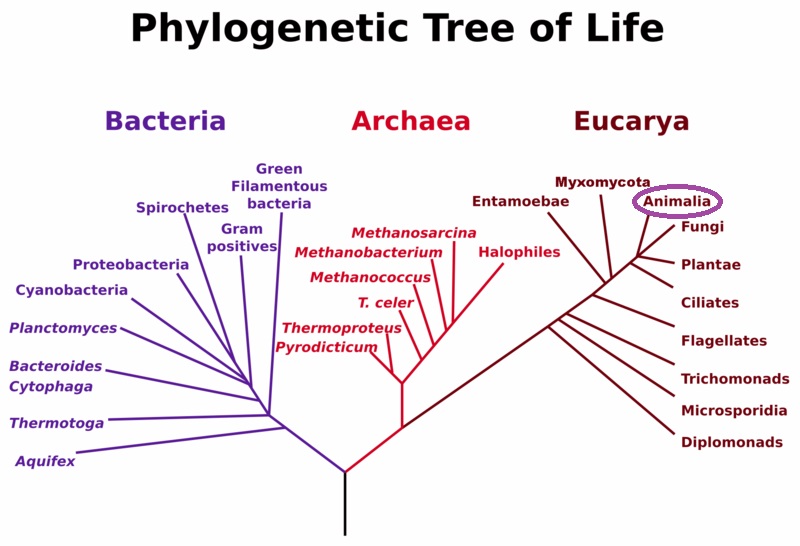Classification
Here I have created a chart to explain the reasoning behind the specific classifications under which the greater blue-ringed octopus is found:

Most people are unaware of the billions of organisms that are on this
planet. Realistically speaking, there are more insects than there are
vertebrates! There are plants varying in diversity from the edible
rambutan to the curing
opium poppy. To give you a mildly better idea of how many organisms
there really are, take a look at this basic phylogeny tree below. I've
highlighted the location of the Kingdom Animalia, which contains all the
animals, both vertebrates and invertebrates, that most everyone knows.
Now consider how many more organisms are out there that you may not know
about, such as the
red tide protist.

Clicking on the picture above will take you to the original picture.
If you look closer at the breakdown at the phylogeny of this particular kingdom, you will find thousands upon thousands of various animals, such as the pumpkinseed sunfish or the mantis shrimp. For the sake of saving space, I've decided to focus in on a direct line to show the location of Hapalochlaena lunulata and its close relatives below. The phylogeny tree that I've created is based on phylogenetic sources and starts by including the two Suborders of the Order Octopoda on the far left side and works its way to the specific species on the right.

Continue to Habitat